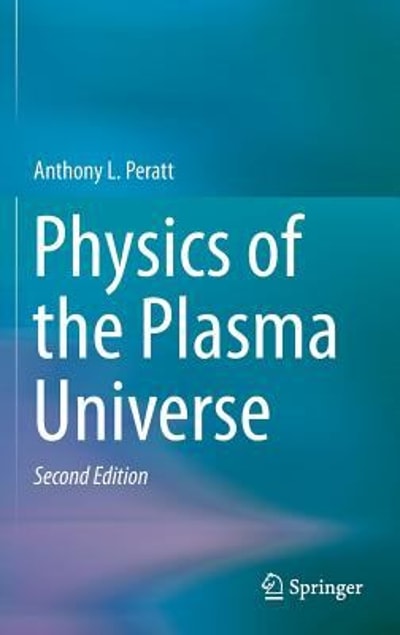Answered step by step
Verified Expert Solution
Question
1 Approved Answer
Distance 6 in 12 in 18 in 24 in 30 in Intensity Distance 36 in 42 in 48 in 54 in 60 in Intensity Table

Step by Step Solution
There are 3 Steps involved in it
Step: 1

Get Instant Access to Expert-Tailored Solutions
See step-by-step solutions with expert insights and AI powered tools for academic success
Step: 2

Step: 3

Ace Your Homework with AI
Get the answers you need in no time with our AI-driven, step-by-step assistance
Get Started


